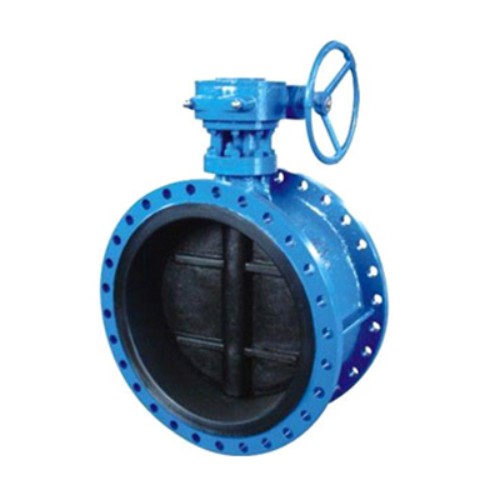Understanding Puddle Flange Connections in Pipe Installation and Maintenance
The Importance of Puddle Flange Pipes in Modern Infrastructure
In the realm of civil engineering and infrastructure development, the design and implementation of various piping systems play a crucial role in ensuring the longevity and efficiency of our water and wastewater management systems. One such component that has gained prominence in recent years is the puddle flange pipe. This article delves into the significance, functionality, and application of puddle flange pipes in modern infrastructure.
What is a Puddle Flange Pipe?
A puddle flange pipe, also known as a puddle flange or puddle flange fitting, is a type of pipe fitting that is designed to protrude through a wall, such as a concrete or masonry wall. This fitting provides a reliable means of transitioning between different sections of piping while creating a watertight seal. The term puddle refers to the flange's design, which allows for a small basin or recess where water can 'puddle' and be retained, thus preventing leaks and minimizing water ingress.
Functionality of Puddle Flange Pipes
The primary function of a puddle flange pipe is to act as a barrier against water ingress, especially in environments where high water table levels or significant external pressure are present. These pipes are particularly valuable in underground structures, such as basements, tunnel systems, and wastewater treatment plants. They facilitate the safe passage of pipes through walls without compromising the structural integrity of the wall or allowing water to seep through.
Moreover, puddle flanges are engineered for both rigidity and flexibility, allowing them to adapt to various construction materials and conditions. Their robust design ensures that they can withstand significant external pressures, making them suitable for high-load applications.
Applications in Infrastructure
Puddle flange pipes find extensive use in various sectors, including
puddle flange pipe

1. Municipal Water Systems In water treatment plants, puddle flange pipes help manage the distribution of treated water while preventing leakage. They ensure safe operation by keeping the infrastructure secure from the high volume of water flow.
2. Wastewater Management Wastewater treatment facilities heavily rely on puddle flanges to maintain a tight seal where pipes pass through concrete walls. This prevents untreated water from leaking and protects the surrounding environment.
3. Industrial Applications Many industries use puddle flange pipes to manage fluids in challenging environments. Chemical plants, for instance, may implement these fittings to control hazardous materials while ensuring safety and compliance with regulatory standards.
4. Underground Construction In tunnels and underground utilities, where maintaining a dry environment is critical, puddle flange pipes ensure that water ingress is minimal, allowing for safer and more effective operations.
Advantages of Puddle Flange Pipes
The incorporation of puddle flange pipes in construction comes with several advantages
- Leak Prevention By providing a watertight seal, these fittings effectively minimize the potential for leaks, protecting both the infrastructure and the environment. - Versatility Puddle flanges can be manufactured in various sizes and materials to accommodate different piping systems, making them a versatile solution for numerous applications. - Cost-Effectiveness By preventing leaks, puddle flange pipes can help reduce maintenance costs and prolong the lifespan of piping systems, ultimately benefiting project budgets.
Conclusion
Puddle flange pipes are vital components in the modern infrastructure landscape, offering reliability and functionality in various applications. Their ability to prevent water ingress while facilitating seamless pipe transitions through walls underscores their importance in both municipal and industrial settings. As cities continue to grow and evolve, the implementation of effective solutions like puddle flange pipes will be crucial in managing water resources and safeguarding the environment. Thus, understanding and utilizing these fittings can lead to more robust and sustainable infrastructure developments in the future.
-
The Key to Fluid Control: Exploring the Advantages of Ball Valves in Industrial SystemsNewsJul.09,2025
-
The Versatile World of 1, 2, and 3 Piece Ball ValvesNewsJul.09,2025
-
Stainless Steel Ball Valves: The Ideal Choice for Efficient Flow ControlNewsJul.09,2025
-
Optimizing Fluid Control with Ball Float ValvesNewsJul.09,2025
-
Manual Gate Valves: Essential for Control and EfficiencyNewsJul.09,2025
-
Everything You Need to Know About Butterfly ValvesNewsJul.09,2025
-
The Versatility of Wafer Type Butterfly ValvesNewsJul.08,2025




